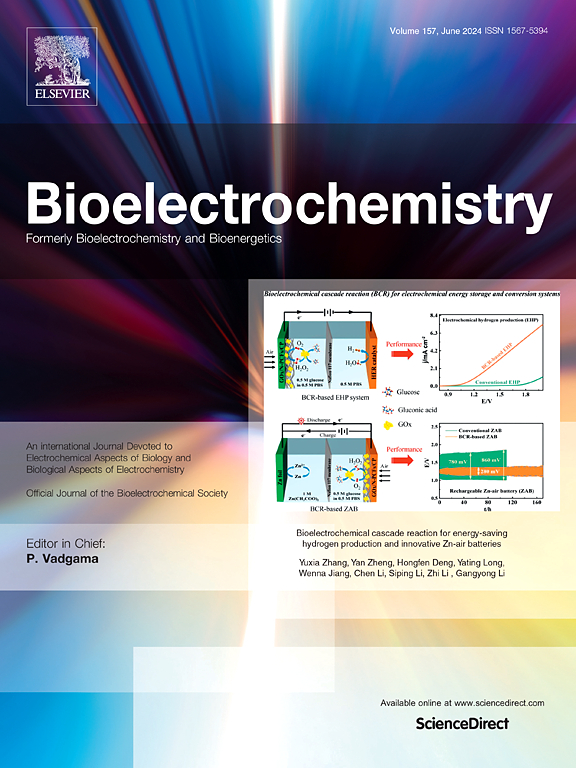Early life stress induced sex-specific changes in behavior is paralleled by altered locus coeruleus physiology in BALB/cJ mice
IF 3.6
2区 医学
Q1 NEUROSCIENCES
引用次数: 0
Abstract
Adverse childhood experiences have been associated with many neurodevelopmental and affective disorders including attention deficit hyperactivity disorder and generalized anxiety disorder, with more exposures increasing negative risk. Sex and genetic background are biological variables involved in adverse psychiatric outcomes due to early life trauma. Females in general have an increased prevalence of stress-related psychopathologies beginning after adolescence, indicative of adolescence being a female-specific sensitive period. To understand the underlying neuronal mechanisms potentially responsible for this relationship between genetic background, sex, stress/trauma, and cognitive/affective behaviors, we assessed behavioral and neuronal changes in a novel animal model of early life stress exposure. Male and female BALB/cJ mice that express elevated basal anxiety-like behaviors and differences in monoamine signaling-associated genes, were exposed to an early life variable stress protocol that combined deprivation in early life with unpredictability in adolescence. Stress exposure produced hyperlocomotion and attention deficits (5-choice serial reaction time task) in male and female mice along with female-specific increased anxiety-like behavior. These behavioral changes were paralleled by reduced excitability of locus coeruleus (LC) neurons, due to resting membrane potential hyperpolarization in males and a female-specific increase in action potential delay time. These data describe a novel interaction between sex, genetic background, and early life stress that results in behavioral changes in clinically relevant domains and potential underlying mechanistic lasting changes in physiological properties of neurons in the LC.
在 BALB/cJ 小鼠中,早期生活压力引起的行为性别特异性变化与局部小脑生理机能的改变是同步的
童年时期的不良经历与许多神经发育障碍和情感障碍(包括注意力缺陷多动障碍和广泛性焦虑症)有关,接触越多,负面风险越大。性别和遗传背景是早期生活创伤导致不良精神结果的生物变量。一般来说,女性在青春期后开始出现与压力相关的精神病症的几率增加,这表明青春期是女性特有的敏感期。为了了解可能导致遗传背景、性别、压力/创伤和认知/情感行为之间这种关系的潜在神经元机制,我们在一种新型的早期生活压力暴露动物模型中评估了行为和神经元的变化。雄性和雌性BALB/cJ小鼠均表现出升高的基础焦虑样行为和单胺类信号转导相关基因的差异。应激暴露会导致雄性和雌性小鼠运动过度和注意力缺陷(5选1连续反应时间任务),以及雌性特有的焦虑样行为增加。雄性小鼠静息膜电位超极化和雌性小鼠特异性动作电位延迟时间增加导致的局部小脑(LC)神经元兴奋性降低与这些行为变化同时发生。这些数据描述了性别、遗传背景和早期生活压力之间的一种新的相互作用,这种相互作用导致了临床相关领域的行为变化以及LC神经元生理特性的潜在机制性持久变化。
本文章由计算机程序翻译,如有差异,请以英文原文为准。
求助全文
约1分钟内获得全文
求助全文
来源期刊

Neurobiology of Stress
Biochemistry, Genetics and Molecular Biology-Biochemistry
CiteScore
9.40
自引率
4.00%
发文量
74
审稿时长
48 days
期刊介绍:
Neurobiology of Stress is a multidisciplinary journal for the publication of original research and review articles on basic, translational and clinical research into stress and related disorders. It will focus on the impact of stress on the brain from cellular to behavioral functions and stress-related neuropsychiatric disorders (such as depression, trauma and anxiety). The translation of basic research findings into real-world applications will be a key aim of the journal.
Basic, translational and clinical research on the following topics as they relate to stress will be covered:
Molecular substrates and cell signaling,
Genetics and epigenetics,
Stress circuitry,
Structural and physiological plasticity,
Developmental Aspects,
Laboratory models of stress,
Neuroinflammation and pathology,
Memory and Cognition,
Motivational Processes,
Fear and Anxiety,
Stress-related neuropsychiatric disorders (including depression, PTSD, substance abuse),
Neuropsychopharmacology.
 求助内容:
求助内容: 应助结果提醒方式:
应助结果提醒方式:


